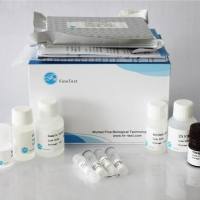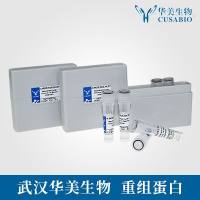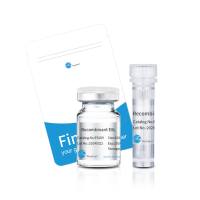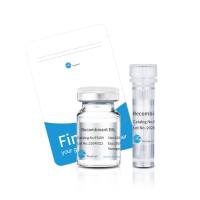Histoplasma capsulatum (Hc) is a dimorphic fungal pathogen indigenous to the Ohio and Mississippi River Valleys in the United States. Infection is initiated by inhalation of microconidia or small mycelial fragments into the terminal bronchioles of the lung. The conidia are taken up by alveolar macrophages (Mφ), in which they convert to the pathogenic yeast phase. The yeasts replicate in the alveolar Mφ and other Mφ recruited to the lung as part of the inflammatory response. Thus, the yeasts are able to disseminate from the lung to other organs, such as the liver and spleen. As a facultative intracellular parasite, the interaction of Hc yeasts with Mφ is a critical component of the host response to infection. In addition, Hc yeasts have critical interactions with inflammatory neutrophils, and with dendritic cells (DCs) in the lung and other organs. Indeed, recent new evidence suggests that DCs may be the key antigen-presenting cells that initiate cell-mediated immunity. Thus, the methods described in this chapter cover quantitation of the binding, ingestion, and intracellular replication of Hc yeasts in human Mφ, DCs, and neutrophils.






